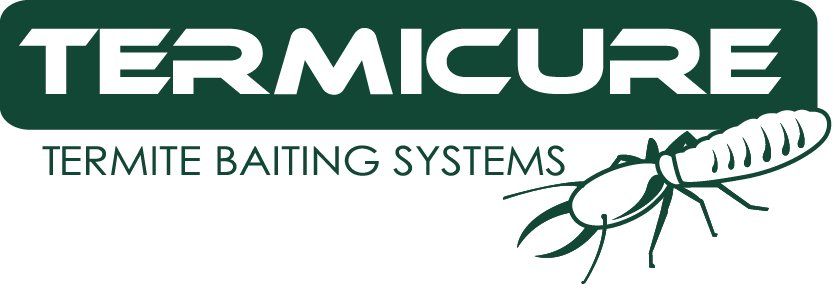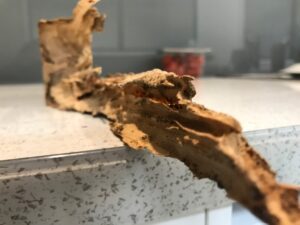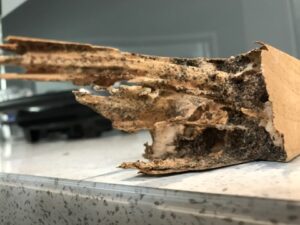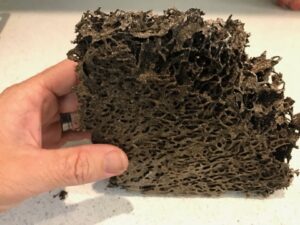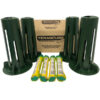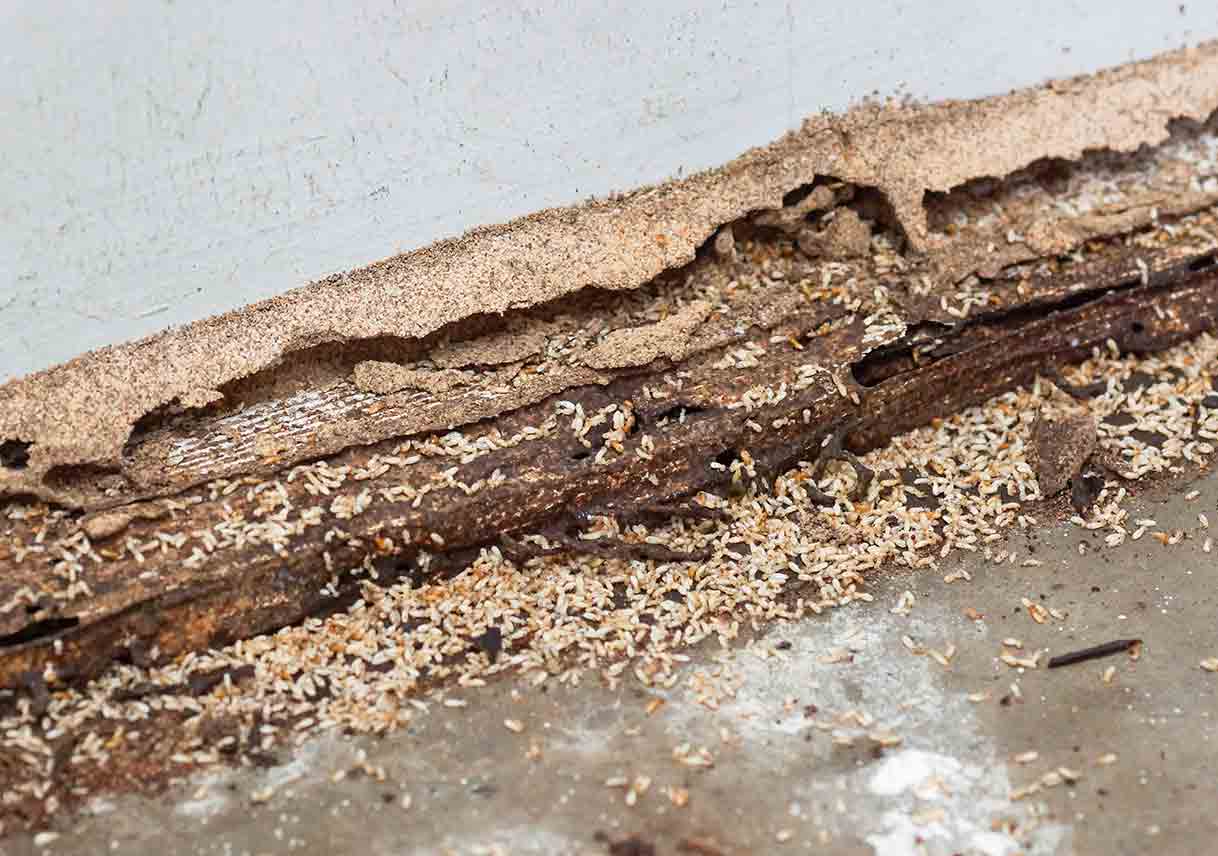
The difference between fungal decay and termite damage is obvious for the experienced termite inspector. In simple termites, fungal decay (commonly known as wood rot) is the degradation of timbers as a result of a fungus, which in most cases, is simply caused by excessive moisture.
Many timber items end up with decay as a result of poor drainage, leaking guttering or downpipes and timber in direct ground contact. Timbers which are designed for outdoor use are treated, or use specific species of timber, which are more resistant to decay, but at some point, all timber will decay if exposed to excessive moisture. For example, jetty or wharf timbers are a specific species, and will last for years submerged in the ocean, whereby untreated pine timber, such as skirting boards, or architrave timbers wouldn’t last 6 months without being significantly affected.
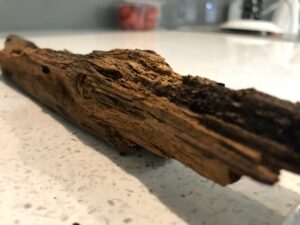
Common places inside the home where fungal decay is common, is to the ensuite or bathroom doorjambs. These areas are adjacent to a wet area, and if waterproofing practices have not been correctly undertaken, then moisture may get into the timbers and cause decay to occur.
Window reveals and sills are another common place where decay occurs. Incorrectly sealed or flashed windows, windows left open over an extended period of rain etc.
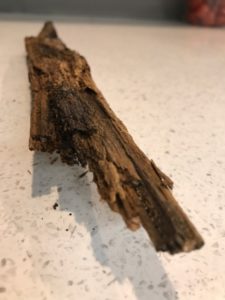
Externally, patio posts, pergola timbers, barge and fascia timbers and fences are all common items which are often affected by fungal decay.
So, looking at the physical identification of fungal decay, you’ll notice that the timber may be wet, or damp. Depending on the level of decay, you may find timber fibres simply falling off the timber, or larger more linear pieces will flake away from the main timber member. Once the timber is dry, the damage comes away more easily and with soft pieces falling away in a dusty fashion.
Decay can be treated with a variety of fungal treatments, but most times, the affected timbers are simply cut and removed, to be replaced by suitably treated timber.
Termite Damaged timber looks different, and usually, physical gouging or a ‘venetian’ style pattern in the timber will expos termite galleries and workings. different termite species cause different styles of damage, and at different rates. Most termites which cause damage in Australia will leave a ‘speckling’ pattern on the effected timbers.
The difficulty with identification of decay and/or termite damage happens when termites attack decayed timber. Termite damage by itself is quite easy to identify, but when there is excessive moisture, the decayed timbers become a mess of mushy timber and unclear staining. A key identifying feature of termite damage is the speckling, which can look like ‘cork’.
The corking effect is made by termites transporting the consumed cellulose products, mixed with the termites gut protozoa, which removes the cellulose from the timber being consumed. Termites transfer food between themselves, and back to the nest by regurgitating it, and by defecation (yuck!), and wherever the food makes contact with the timber galleries, it leaves a mark. The food regurgitated or defecated is also responsible for creating the termites workings. The workings are used to conceal the termites from predators and from light, but in close to the nest, the workings are used to create galleries which channel humidity, and help to regulate the moisture content and environment inside the main breeding areas.
Most times, on a termite inspection report, there will be reference made to ‘Termite workings and/or termite damage. This refers to the byproduct used to create the nest and protective tunnels. Termite damage may not be identified for some time, even when termites have been consuming timber for an extended period. Termite damage normally occurs from the inside, often leaving a paper thin exterior skin which is hiding a hollow and weak timber.
So when your termite inspector next tells you that your exterior patio posts are decaying, you might be able to positively identify the cause. If he tells you it’s termite damage, then take note, and make sure you have a current termite barrier or termite baiting system installed.
We know someone who might be able to help with this!
